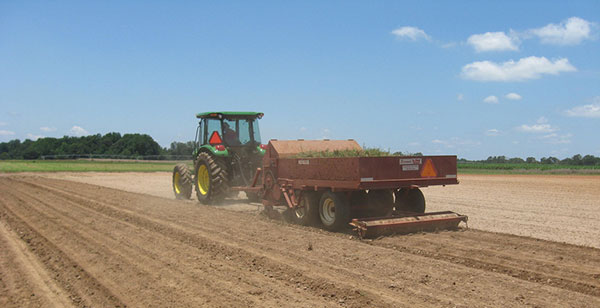Guest Author: Jeremy Kichler
-
The UGA recommended winter annual forage variety recommendations are available for your viewing pleasure on the UGA OVT website. How does a variety make the recommended list? The recommendations below identify varieties shown to produce above-average yields when planted within the recommended time period for their species and geographic area. What does the Early, Late,…
Posted in: Uncategorized -

Baled silage, or “baleage,” is an excellent way for livestock producers to harvest, storage, and feed forage. Feeding baleage is much different than feeding hay due to the higher moisture content. This higher moisture content makes it much more susceptible to deterioration. Let’s discuss some ways to decrease waste during the feeding of your baleage.…
-

Forage establishment can be frustrating but can be successful if you have a plan. Forage establishment techniques can vary depending upon forage species, location, soil type, pasture situation and intended use. Good establishment techniques are essential to getting good high yielding forage stands. Let’s look at several reasons why producers can successfully establish forages.
-

By Jeremy Kichler Colquitt County CEC Winter annual forages can be very expensive to establish and maintain. Extension budgets estimate that total costs of winter annual forages is around $200 per acre. Is it possible to reduce forage production costs without decreasing winter annual forage yield? The first step is to soil test and follow those fertility recommendations. If producers apply…
-
By Jeremy Kichler Colquitt CEC This time of year, county Extension agents get numerous calls and questions about which clover to choose for winter forage systems. Winter annual legumes can be planted in the fall and they can provide forage in the late fall and spring. These forages can be used for grazing, hay and…
-

By Jeremy Kichler Colquitt County CEC Every year county agents get questions from producers concerning if they should burn their Bermuda grass hayfields. There are several benefits to burning your hayfield. Burning can help producers manage thatch in their stands. If the thatch layer becomes too thick over time then this can create several issues.…